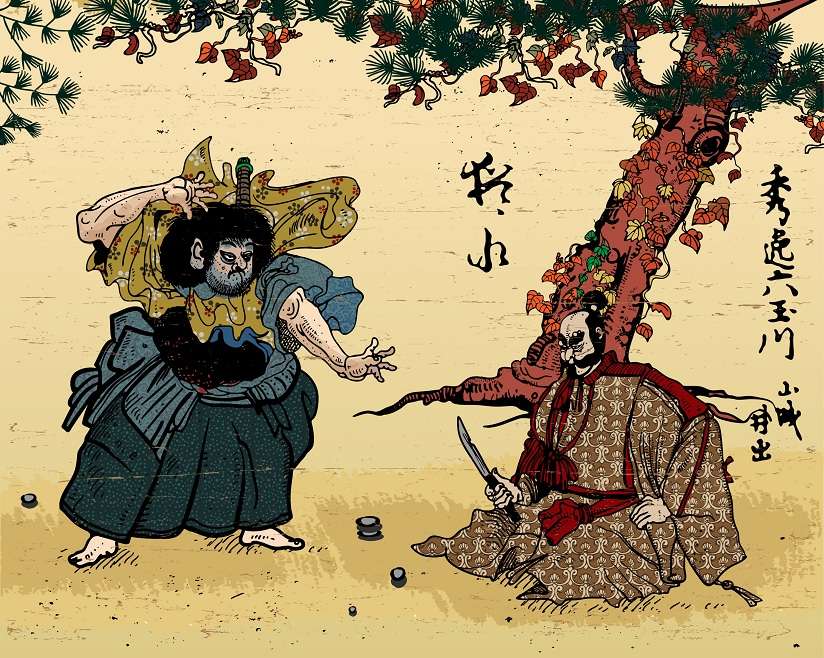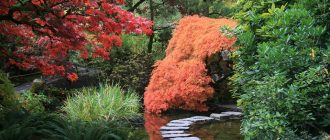Interested in artistic depictions of demons from Japan? Read on for the knowledge of the strange phenomenon of Japanese demon art.
Demons have always been and still are a prominent feature in the art of tattooing. From ancient to modern civilizations we find that many different cultures have had the demon theme as an integral part of their culture. The concept of demons is rich with hidden meaning and profound symbolism.
Demon art existed during the times of the Greeks who believed the demons to be a manifestation of divine power. In general we find the images of demons to have sprung up in ancient civilizations where the forces of good and evil have collided. Ironically demons were not associated with evil in the initial years. It was the later monotheistic religions that gave demons the negative connotation that they have today. Today demons are only considered to represent evil and nothing else.
Demons are believed to be satanic creatures. Nonetheless demons have served as inspiration for many fairy tales along with many works of art. The particular vices associated with the image of a demon were that of deceit, slyness and a twisted intent bent on leading man astray and causing humankind suffering.
In the imagery of demons we find there to be thousands of different kinds. The most popular demons are aided with a set of horns, sharp fangs, claws and an open mouth that is in it self horrific enough to drive the evil spirits away. In Japanese culture demons have been featured in various forms of art ranging from paintings, carvings on wood, stone, ivory and bone, weaving and clay sculptures and of course tattoos.
In the Japanese culture demons are taken very seriously. They are considered to be the worst threat to mankind if they turn against them. This perception of the demons led to a culture of heroes in the form of demon hunters and saviors of mankind.
The Japanese would often hold religious ceremonies the aim of which was to guard against the evil of demons. There are tons of folktales around demons in all the major religions of Japan such as Buddhism, Shinto and Taoism. The pictorial representation of demons displays them in all sizes and disguises.
An interesting element that differentiates the Japanese demon art from that of the western demon art is that in Japanese culture there were some demons that were portrayed to be good. This was quite contrary to the preaching of the monotheistic religions. Hence we find Japanese people to make use of pictures of demons and talismans in order to protect their home from evil.
The wide collection of Japanese demon art in the form of paintings, sculptures and woodcuts display the different aspects of demons. Demons have been extremely popular when it comes to the art of tattooing in Japan. The demon tattoo designs are basically generated from the remnants of the wood block art that exist from the 15th and 16th century.
Amongst the most prominently featured demons in Japanese art are the dog, fox and raccoon demons who were meant to be tricksters. The wolf demon with a romantic flair along with the weasel, toad and centipede demons are other popular demonic characters featured in Japanese demon art.





